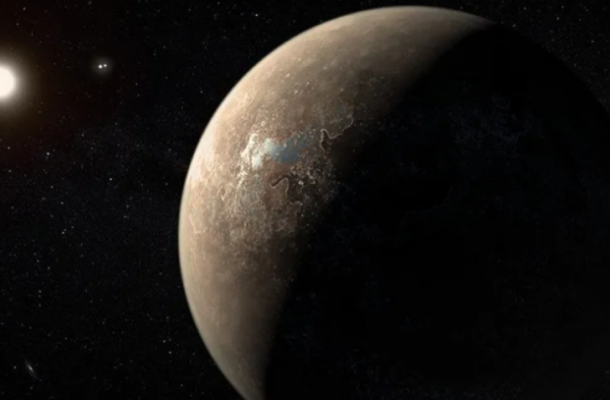Delve into NASA's groundbreaking discovery of 17 exoplanets harboring potential subsurface oceans beneath icy layers. Explore the implications for water and life beyond our solar system in this exclusive report.
Introduction:
In a celestial breakthrough, NASA has unveiled a cosmic secret—17 exoplanets with tantalizing hints of subsurface oceans hidden beneath thick layers of ice. This revelation, a significant stride in our understanding of extraterrestrial environments, holds the promise of unlocking the mysteries of water and life beyond Earth.
Decoding Alien Oceans:
A Shift in Cosmic Exploration
Astronomers and astrologers, driven by the quest for life beyond our solar system, are directing their gaze towards exoplanets with oceans. The intrigue lies not just on planetary surfaces but beneath, where liquid water might exist, offering a potential haven for life forms.
NASA's Discovery: 17 Exoplanets Unveiled
NASA's recent announcement sent ripples through the scientific community as it disclosed the identification of 17 exoplanets concealing subsurface oceans beneath layers of ice. This revelation, marking a leap in our understanding of extraterrestrial environments, has ignited new hope for the possibility of water and life in the unknown reaches of the universe.
The Icy Veil: Unraveling the Mystery
Subsurface Oceans and Cosmic Potential
While water in its liquid form can manifest on a planet's surface, the allure of subsurface oceans adds a layer of complexity to the search for habitable environments. NASA's discovery opens a portal to planets where life-sustaining conditions might thrive beneath thick icy coverings.
Cooler, Yet Hospitable: The Exoplanet Temperatures
The exact composition of these exoplanets remains elusive, but their temperatures offer tantalizing clues. Cooler than Earth but warmed sufficiently by internal heating from the decay of radioactive elements, these celestial bodies present an intriguing conundrum that could harbor vast hidden oceans.
The Icy Moons of Jupiter: A Cosmic Hope
Promising Developments in Our Cosmic Backyard
NASA's research extends beyond the distant exoplanets to our own solar system, revealing potential in Jupiter's icy moons. The study draws inspiration from the geyser activity observed on Jupiter's moons, Europa and Enceladus, hinting at the possibility of these icy realms being conducive to life.
Proxima Centauri b and LHS1140 b: Potential Ocean Worlds
Among the exoplanets spotlighted in the research, Proxima Centauri b and LHS1140 b emerge as prime candidates. Their temperatures and other characteristics position them as promising locations for subsurface oceans relatively close to the surface, fueling speculation about the potential for extraterrestrial life.
The Future Gaze: Telescopes and Cosmic Revelations
Unveiling the Geological Activity
As we peer into the cosmic unknown, future telescopes hold the key to unraveling the geological activity of these enigmatic exoplanets. The quest for answers continues, and these telescopic revelations are anticipated to shed light on the mysteries of water and potential life in the vast expanse of the universe.
In conclusion, NASA's identification of 17 exoplanets with subsurface oceans marks a pivotal moment in our cosmic journey. As we contemplate the possibilities hidden beneath layers of ice on distant worlds, the quest for extraterrestrial life takes a leap into uncharted territories, guided by the revelations of NASA's groundbreaking discovery.


Comments